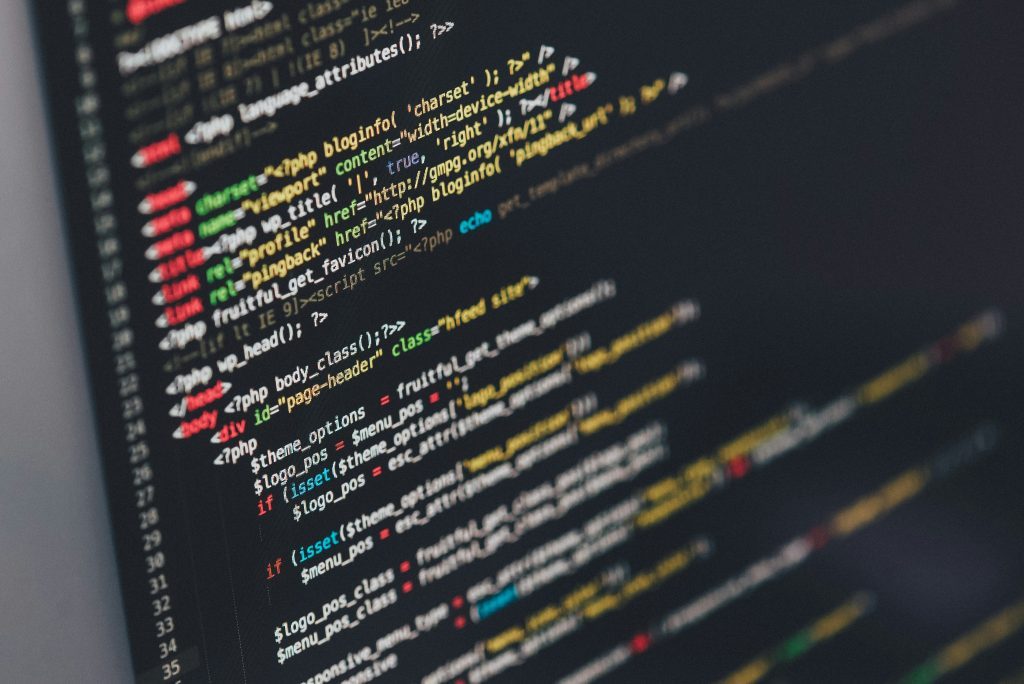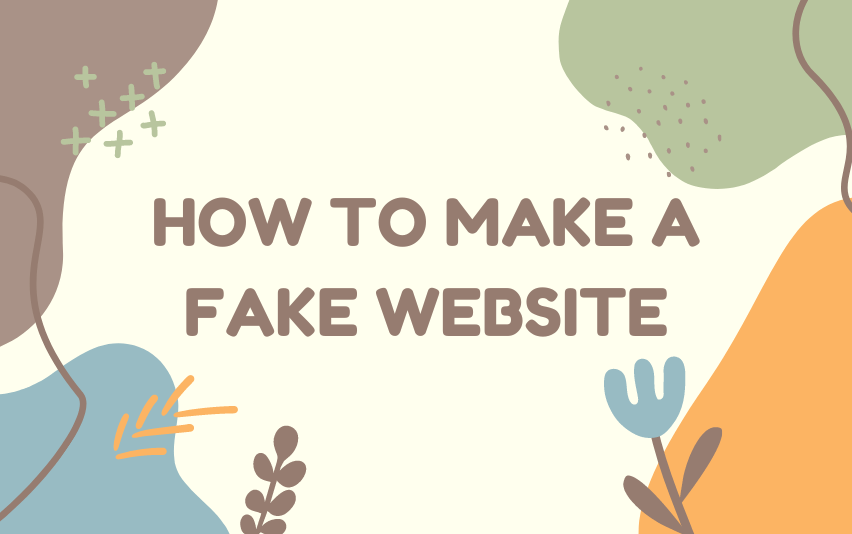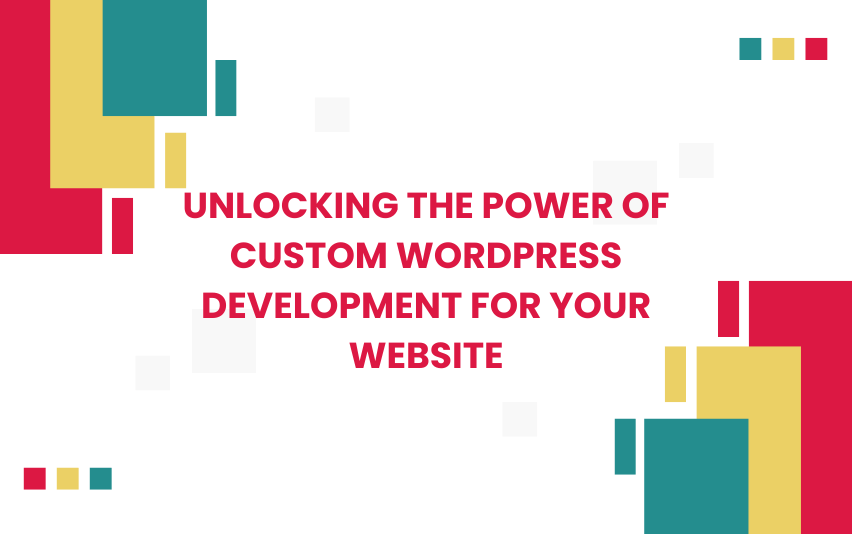Table of Contents
Introduction: (How to Make a Fake Website in 2024)
Creating a fake website can be a valuable exercise for web development students and beginners. By engaging in the process of building a practice website, you can experiment with new technologies and tools, enhance your creativity, and prepare yourself for real-world projects. Additionally, it offers an opportunity to test and polish your coding and design skills, as well as build a portfolio of your work.
This guide will walk you through the essential steps and considerations involved in building a fake website. From selecting the right tools and technologies to designing, coding, and hosting your website, this comprehensive guide aims to provide you with the knowledge and confidence to embark on your web development journey.
Choosing the Right Tools and Technologies
Selecting the right tools and technologies is crucial to building a successful fake website. In 2024, you have access to a variety of advanced tools and frameworks that can make the process smoother and more efficient.
- HTML5: As the latest version of the standard markup language for creating web pages, HTML5 provides new features and improved performance over earlier versions. It supports multimedia elements, interactive forms, and advanced layout options.
- CSS3: CSS3 is the most recent version of the style sheet language for designing the layout and appearance of web pages. It offers enhanced capabilities such as media queries, animations, and grid layout, making it easier to create visually appealing and responsive websites.
- JavaScript: JavaScript is the primary programming language for adding interactivity and dynamic content to your website. It allows you to create animations, handle user inputs, and manipulate the DOM.
- Frameworks and Libraries: Modern JavaScript frameworks like React, Vue, and Angular can help streamline development and improve the user experience. CSS libraries such as Bootstrap and Tailwind CSS provide pre-built styles and components, making it easier to design and customize your website.
- Text Editor or IDE: Choosing the right text editor or integrated development environment (IDE) can significantly impact your coding experience. Popular options include Visual Studio Code, Atom, and Sublime Text, each offering unique features and customization options.
Planning Your Fake Website: (How to Make a Fake Website in 2024)
Proper planning is essential before you begin coding your fake website. This involves defining the purpose, creating a site map, and designing wireframes.
- Defining the Purpose: Start by deciding what type of website you want to build—whether it’s a portfolio, blog, or e-commerce site. Consider your target audience and what you aim to achieve with the website.
- Creating a Site Map: Organize the structure of your website by creating a site map. This involves outlining the hierarchy of pages and navigation to ensure a logical flow and user-friendly experience.
- Designing Wireframes: Wireframes are simple visual representations of each page, including text, images, and other elements. Sketching out wireframes helps you plan the layout and functionality of your website.
Designing the Website: (How to Make a Fake Website in 2024)
Design plays a vital role in creating an appealing and user-friendly fake website. Pay attention to the following design aspects:
- Responsive Design: Ensure your website is accessible and visually appealing on all devices, including desktops, tablets, and mobile phones. Responsive design is crucial for providing a seamless user experience across different screen sizes.
- Color Scheme: Choose a color palette that suits the purpose of your website and creates a consistent visual identity. Colors should complement each other and enhance the overall aesthetic.
- Typography: Select fonts that are readable and appropriate for your content. Consider the size, style, and weight of the fonts to ensure optimal readability.
- Visual Elements: Incorporate images, icons, and graphics to enhance your website’s aesthetics. Look for free or affordable design assets from sources like Unsplash, Pexels, or Flaticon to add visual interest.
Building the Website: (How to Make a Fake Website in 2024)
Once you’ve planned your website and designed its visual elements, it’s time to start coding.
- HTML: Begin by creating the structure of your website using HTML tags such as headings, paragraphs, lists, and forms. This forms the foundation of your website.
- CSS: Use CSS to style your website by controlling the layout, colors, fonts, and other visual aspects. CSS allows you to create a cohesive and visually appealing design.
- JavaScript: Add interactivity and dynamic content using JavaScript. This can include animations, pop-ups, sliders, and other interactive elements that enhance the user experience.
You may also want to integrate fake data for practice purposes. This can be done using placeholder content generators or mock APIs to simulate real-world data.

Adding Interactivity and Functionality
Interactivity and functionality are key to creating a realistic and engaging fake website:
- JavaScript Libraries: Utilize libraries like jQuery or third-party plugins to add features such as image sliders, carousels, and modal windows. These libraries simplify complex tasks and save development time.
- API Integration: Practice working with APIs to fetch data and incorporate it into your website. This can include weather data, news feeds, or social media content, enhancing the dynamic nature of your site.
- Forms and User Input: Add forms for user input (e.g., contact forms, surveys) and practice validating and processing the data. This interaction with users adds an extra layer of engagement and utility to your website.
Testing and Debugging: (How to Make a Fake Website in 2024)
Testing and debugging are essential steps in ensuring your fakewebsite works correctly:
- Cross-Browser Testing: Check your website’s compatibility with different browsers (e.g., Chrome, Firefox, Safari, Edge) and devices. This ensures a consistent user experience across various platforms.
- Debugging: Use browser developer tools to identify and fix issues in your code. These tools allow you to inspect elements, track errors, and make real-time adjustments.
- Performance Testing: Test the website’s loading speed and performance to ensure it runs smoothly. Optimize your code and assets to provide a fast and efficient user experience.
Publishing and Hosting: (How to Make a Fake Website in 2024)
Once your fake website is complete, you can publish it online for practice:
- Free Hosting Platforms: Consider using platforms like GitHub Pages, Netlify, or Vercel to host your website for free. These platforms offer easy deployment and management options.
- Low-Cost Hosting Options: If you want more control or advanced features, explore affordable hosting providers that offer services suitable for practice websites.
Iterating and Improving: (How to Make a Fake Website in 2024)
Creating a fake website is a continuous learning process:
- Feedback and Improvement: Gather feedback from peers or mentors and use it to improve your website. Constructive criticism can help you identify areas for enhancement and growth.
- Stay Updated: Keep up with the latest trends and technologies in web development to stay ahead of the curve. Continuous learning will help you refine your skills and stay competitive in the field.
FAQs: (How to Make a Fake Website in 2024)
- Why should I create a fake website?
- Creating a fake website helps you practice web development and design skills, experiment with new technologies, and build a portfolio.
- What tools do I need to build a fake website?
- You’ll need HTML, CSS, JavaScript, a code editor, and possibly a framework or library like React, Vue, or Angular.
- How can I test my fake website?
- Test your fake website across different browsers and devices for compatibility, and use debugging tools to fix issues.
- Where can I host my fake website?
- You can host your fake website for free on platforms like GitHub Pages, Netlify, or Vercel, or explore low-cost hosting options.
- How can I improve my fake website over time?
- Continuously seek feedback, stay updated with new technologies, and iterate on your fake website to enhance your skills and results.



